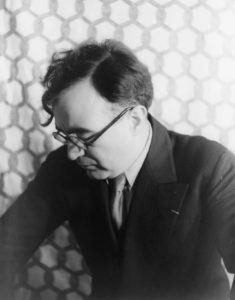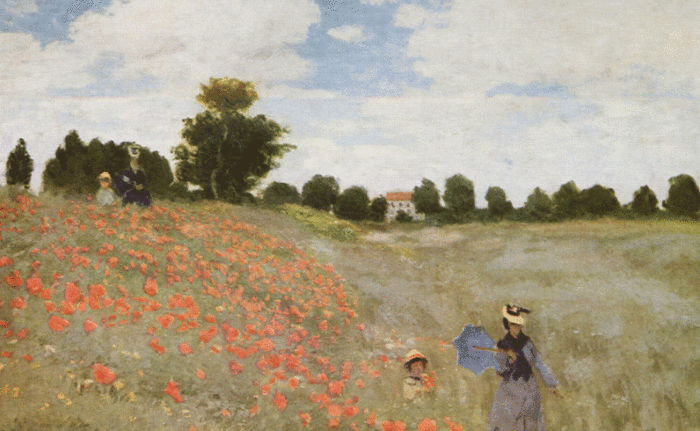On September 27, 28, and 29, Music Director Andrés Orozco-Estrada presents Gershwin’s Piano Concerto & Porgy and Bess, a concert of 20th-century masterpieces from the Western hemisphere. In this post, discover how composer Carlos Chávez “Mexicanized” the European orchestra in his groundbreaking Sinfonía india. Visit houstonsymphony.org for tickets and more information.

The Mexican Revolution of 1910–1920 was one of the great political upheavals of the 20th century; through a series of political coups and violent struggles, it forever changed Mexican society. The decades following the revolution witnessed a cultural renaissance as artists rethought what it meant to be Mexican. A reëvaluation of pre-Columbian cultures and peoples provided inspiration for new, national styles of art. Frieda Kahlo, Diego Rivera, and David Alfaro Siqueiros emerged as leading voices in the visual arts during this period; in music, there was Carlos Chávez.
Though Chávez was a prolific composer whose oeuvre exhibited great stylistic diversity over the course of his long career, his Sinfonía india exemplifies the heady nationalist zeitgeist of post-Revolutionary Mexico. As a boy, Chávez had frequently heard the music of Mexican Indians, and in this piece he incorporated several authentic indigenous melodies. Chávez did not stop there, however; he also Mexicanized the European orchestra by introducing more than half-a-dozen indigenous percussion instruments, including the Grijutian (a string of deer hooves) and the Tenabari (a rattle made of butterfly cocoons).
Reconnecting with the Past
“In musical terms, the great expressive power of indigenous art lies in its rhythmic variety, in the freedom and scope of its scales and modes, in the richness of the sonorous instrumental element, in the simplicity and purity of its melodies, and in its moral condition,” Chávez noted. “Never will one find a morbid or degrading sentiment, never a negative feeling toward other men or toward Nature in this music of our immediate American ancestors.”
This interest in folk music traditions and ancient peoples was not limited to Mexico, but existed in dialogue with international trends. Bartók, for instance, was heavily influenced by the folk music of his native Hungary, but perhaps the most influential musical work in this arena was Stravinsky’s score to The Rite of Spring, a phantasmagorical celebration of prehistoric Russia. In The Rite and the many works that followed it runs a desire to revivify modern civilization by reconnecting with nature and a primal, ancestral past. Such aesthetics proved compatible with a range of reformist political ideologies throughout the first half of the twentieth century, including those of post-Revolutionary Mexico.
Though the Sinfonía india is one of his most Mexican works, ironically Chávez wrote it while staying in New York City in 1935. The result of a commission from William S. Paley, the president of CBS, the work was premiered by Chávez himself leading the CBS orchestra in a live broadcast in January 1936. It has since become one of his most popular works, a musical emblem of modern Mexico.
The piece begins with a vibrant chorus of competing motifs throughout the orchestra, which is led by a trumpet call:
The violins then introduce the first main theme, a dancing melody of the Cora Indians. Piccolos imitate bird calls high above the shifting meters of this rhythmic music. The music slows for the second main theme, a lyrical, song-like melody introduced by the E-flat clarinet. This theme comes from the Yaqui people, and the other instruments of the orchestra gradually join it. Doubled horn and oboe introduce a darker, soulful theme of the Sonora Indians, which likewise grows more intense as it progresses. At last the music accelerates, leading to a return of the dancing Cora theme. After a reprise of the Yaqui theme, the music of the introduction also returns. To end the piece, Chávez introduces a lively new theme from the Seri Indians, which brings the symphony to a thrilling close.
Don’t miss Chávez’s Sinfonía india at Gershwin’s Piano Concerto & Porgy and Bess September 27, 28, and 29! Visit houstonsymphony.org for tickets and more information.



